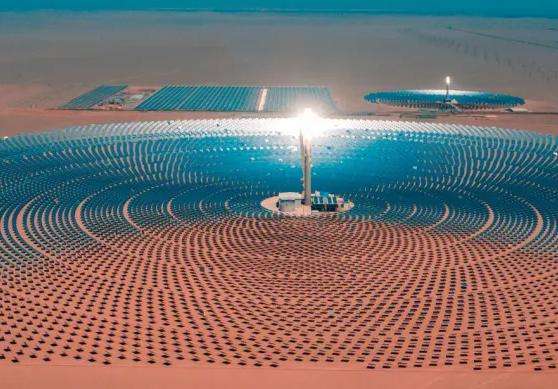The power station pumped hydroelectric storage project is energy conversion. According to relevant public information, pumped storage projects pump water from rivers, lakes or groundwater and store it in a tank or reservoir. When necessary, water is pumped out of the reservoir to generate electricity, thereby carrying out an energy conversion process. .
Principles of pumped storage energy production
The law of energy conversion and conservation is a universal law that is generally applicable in nature. At the very least, there is resistance in the stator windings of generators and motors. Current flowing through the resistor will generate heat (internal energy) and dissipate it. This alone proves that the energy in the system you designed is constantly consuming and. this obviously does not follow the lawsenergy conversion and conservation. Perpetual motion therefore does not exist at all.
Pumped storage power plants pump water from the upper reservoir when the electrical load is low, then release water from the lower reservoir to produce electricity when the electrical load reaches its maximum. Also known as a hydroelectric energy storage plant. It can convert excess electrical energy into high-value electrical energy during the grid peak period when the grid load is low. It is also suitable for frequency and phase modulation to stabilize the frequency and voltage of the power system. and can also improve the efficiency of the thermal power plant and power supply of the system. Although the construction of pumped-storage power plants in China started late, due to the latecomer effect, the poiThe starting price is relatively high, and the technology of several large pumped storage power plants that have been built has reached the world advanced level.














